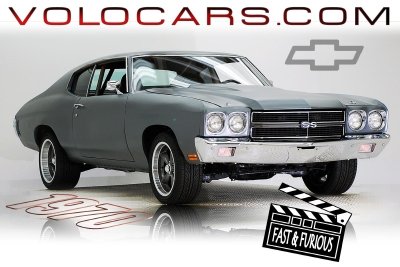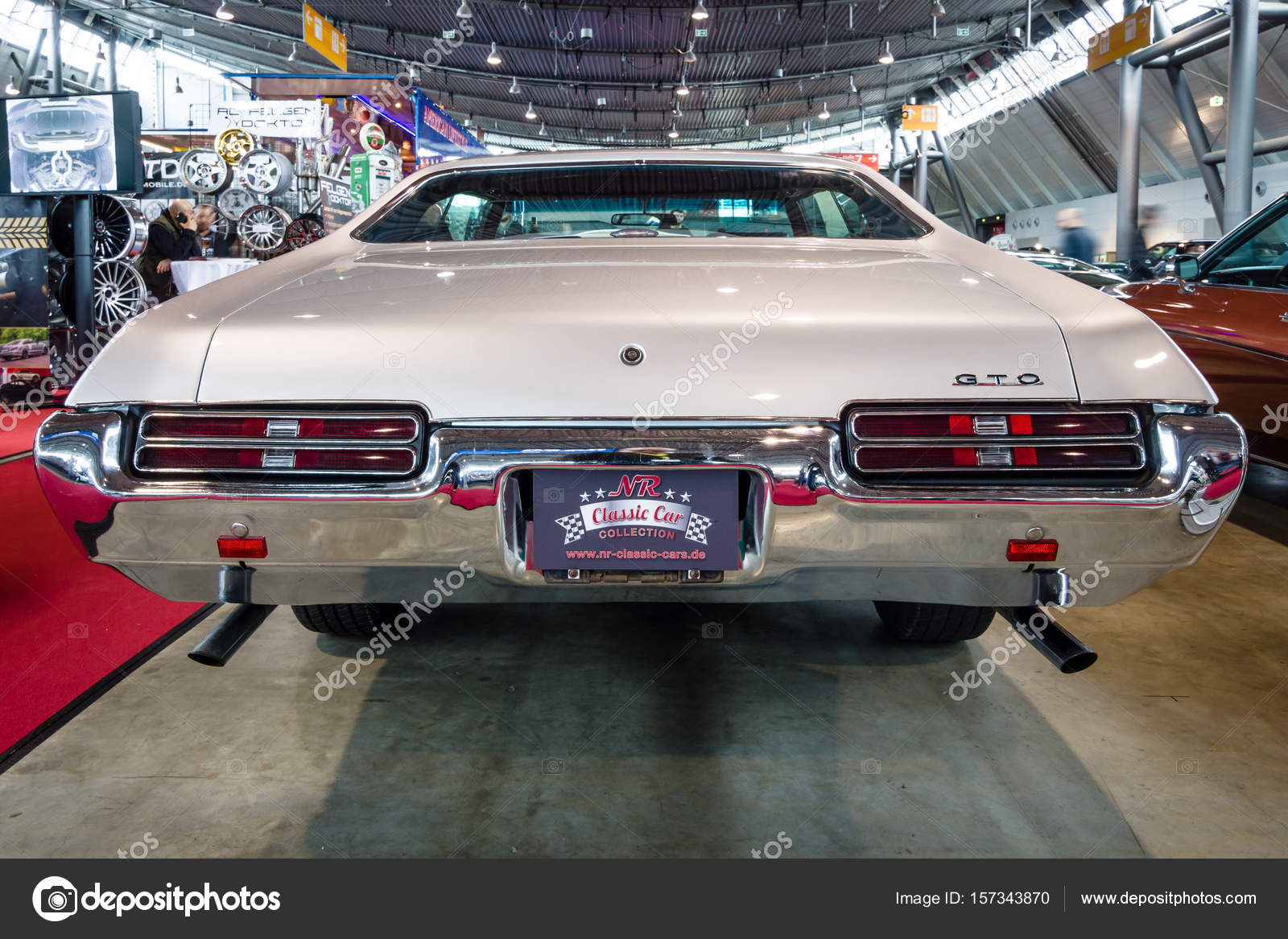
Whitewall tires are a popular choice for modern cars, and have been since the 1950s. Early models featured raised white walls that yielded a stripe of white when scuffed by curbs. This single-colored design is still very popular today and has been the standard for Hot Rods, Lowiders and Resto-California vehicles. These cars were instrumental in promoting the resurgence of these tires on the market.
Coker tires
The Chattanooga Tire Company is located in Tennessee and makes classic whitewall tires. These tires have the classic look of old-fashioned car tires, but they are constructed with modern materials. Coker is the manufacturer of several famous tire brands. Its tires are exact copies of the originals. Coker tires are available in many sizes. They also have white sidewalls that match the vintage tread design.

Diamond Back Classics
Modern tire manufacturers are known for creating tires that fit classic cars, hot rods, vintage cars and other unusual vehicles. Diamond Back Tires is the largest manufacturer of whitewall tires. Their products are compatible with classic and hot-rodding cars. The company has been in operation for more 30 years. While some people may question the legitimacy of these tires, the company's products are designed for both modern-day cars and classic vehicles.
Diamond Line
If you own a modern car, you may be wondering how to properly clean your whitewall tires. Whitewall tires are difficult to clean. The chemicals in black rubber can leach into the white. Similar results can be achieved by stacking two tires, one having black sidewalls and the other with white. Even the most effective cleaning agents will not remove this stain. To get the whitewalls removed, you may need to go to a professional auto shop.
Blue Line
The process of making a modern car with blue-line whitewall tires isn't as easy as it sounds. Only a few large tire manufacturers are interested. Because of the higher visual defects of these tires, working with them requires special care. Vogue Tyre, the company that developed the whitewall tire, explains the process, from storage to stacking and handling. Mounting a modern vehicle with blue-line whitewall tires is much the same process as installing a traditional passenger tire.

Cadillac
Although they are less common in modern cars than older models, having wide whitewall tires is an indication of quality. Cadillacs' first use of wide whitewall tires was in the early 1960s. These cars were typically decorated with whitewall tires one-inch wide and had double or three stripes. Today, the only major luxury car manufacturer still offers wide whitewall tires on certain models. Cadillac's website has more information.
FAQ
To be a car mechanic, do you need a degree? Can I study part-time?
Although it's not mandatory, a degree can help. Employers are more likely to hire candidates who have completed a complete degree. It shows that you've worked hard and are determined to succeed.
This doesn't necessarily mean you can't continue to work while studying. Some universities let students complete their coursework in the summer and then continue their studies during the school year. Other universities permit students to take classes part-time during the school year.
What should I know about car mechanics
For an auto mechanic job, you don’t have to be an expert in cars. You only need to know how to fix them. It's why many people begin to fix things by fitting brake pads or changing tires.
You need to be able read and comprehend diagrams, follow written instructions and adhere to basic principles of good practice. Also, you will need to know how to tell if parts require replacing or repair.
You should not attempt to fix vehicles without proper training and guidance. This is especially true if your job involves expensive parts like transmissions or engines.
Although you won't have to know much about automobiles, you must be familiar with the basics of mechanical engineering as well as physics. This will include understanding the basic principles of engine operation and brake function.
It is important to realize that you must be ready for all types of situations. For example, you may find yourself working on a vehicle that has been involved in a serious accident. Additionally, you will need to have experience with handling accidents and breakdowns.
You must also be willing to learn quickly. You will need to be able not only to diagnose problems but also to perform simple maintenance tasks like tightening bolts and nuts.
How long is an apprenticeship for an automotive mechanic?
The apprenticeship to become an automotive mechanic takes about three years. This includes two years in school and two as an apprentice. The first year is dedicated to learning the theory and practical skills of the trade. During this time, you'll also learn how to use tools safely and efficiently. After you have completed the first year of training, you will be able to spend an additional year on-the job learning different trades. You will have the opportunity for formal training during these years.
The final year of this program is spent in obtaining qualifications and becoming certified in your field. These include NVQs, which are obtained after passing industry-specific exams. In addition, there are HNCs (Higher National Certificates) that cover general subjects such as management, business administration, and customer service. City & Guilds certificates can be obtained for individuals who want to learn certain trades.
What is the job description for a mechanic in a car?
There are three main areas of employment for car mechanics:
-
Automotive repair shops
-
Dealerships
-
Independent garages
Automotive repair shops
Most people think of this as the first step to becoming a mechanic. It's also the easiest way you can get started. You can either work at a shop owned by someone else or set up your own business.
If you plan to work in a shop, you must apply to join the union. After being accepted into the union, the union will provide training.
After completing the training, you'll be ready to start work.
If you decide to open your own garage, you'll need to register with the government. Once you have registered, certain standards will be enforced.
After you register, you will be granted a license for your garage to operate.
Your license will allow you to sell spare parts and do minor repairs. You can't fix major engine problems with your license.
In addition to selling spare parts, you'll also be expected to offer advice and guidance to customers.
Dealership jobs
Most dealerships employ mechanics who specialize in one area of the car. For example, they might only deal with brakes or only replace tires.
Some dealerships hire general mechanics to handle all aspects of car repair.
Some positions require that applicants complete training before they can be allowed to work. This allows employers to pick the right candidates for their jobs.
Some dealerships recruit students right out of school. These graduates are already familiar with basic mechanics and can therefore learn about cars.
Independent garages
Independent garages don’t have to be associated with any particular dealer. Instead, they focus on high-quality customer service.
Because independent garages aren't affiliated with any company, they can afford to pay higher wages. As a result, these jobs are generally better paid than those at dealerships.
Independent garages can be just as good places to work, but this does not mean they are better. Many business owners prefer to own their businesses and not delegate the responsibility to others.
It is possible to work long hours, but not have any control over the day.
Also, expect to make lower wages than if your job was at a dealership.
You can switch jobs easily. It is possible to switch between different types of jobs if your current employer would prefer you to work at a dealer.
If you prefer to work in an independent garage, you might consider applying directly to its owner.
The bad news is that finding a new job isn't always easy. There are plenty of other factors that influence how much you earn.
Consider, for example, what type of vehicle you are repairing and whether additional labor charges will apply.
What qualifications are required to become a truck mechanic
This job requires you to be a skilled mechanic, although you do not need any formal training. Your knowledge is valuable as you are able to quickly diagnose problems and work efficiently.
A solid understanding of diesel technology is also a plus. This will help you understand the components that are needed to fix our vehicles.
Statistics
- Apprentice mechanics earn significantly less hourly than mechanics who have completed training, with a median wage of approximately $14.50 an hour, according to PayScale. (jobhero.com)
- According to the BLS, total auto technician employment is expected to exceed 705,000 by 2030. (uti.edu)
- 52% of Mechanics in the United States think their salaries are enough for the cost of living in their area. (indeed.com)
External Links
How To
How to properly diagnose your vehicle for repair
Before you can determine if your car requires repairs, it's important to first analyze the symptoms. Follow these steps to properly diagnose your vehicle.
-
Check engine lights. Inspect the dashboard light indicators. These include the engine lights, the oil pressure gauge and the battery light indicators. The RPM gauge and coolant temperature gauge should also be checked. If any of them have been flashing for several days, it may mean something is wrong with your vehicle.
-
Pay attention to the treads on your tires. Tire wear can lead to problems in handling and brake performance. Also, inspect the treads of your wheels. They should be clean and smooth. The best way to do this is to remove the wheels and take them off. A flashlight can be used to check how worn the treads are.
-
You should always monitor the level brake fluid. You should always keep track of the amount of brake fluid in your vehicle. This will ensure your brakes function properly. Low brake fluid levels can cause brake failure when you apply pressure.
-
The suspension system should be tested. A suspension system is designed to absorb vibrations and shocks. This suspension system provides greater control and smoother acceleration and deceleration. If your vehicle has a suspension problem, it might feel wobbly or shake uncontrollably. Try putting some weight on your front or rear axle to determine if you have a suspension problem.
-
Examine the steering wheel. Steering columns are used to connect the steering wheel to the rest of the vehicle's components. Accidents often damage steering columns. You should replace the steering column if it is loose or weak.
-
Observe the exhaust pipe. The exhaust pipe helps move gases from a combustion chamber into the atmosphere. If the exhaust pipe is damaged or leaks, harmful fumes can enter your cabin. If your tailpipe bends, it is important to fix it immediately.
-
Take a look at the underside of your hood. If you see anything unusual, take a look under the hood. You could have fluids leaking from the engine. Also, professional technicians should be called if you detect an unusual smell coming out of your engine compartment.
-
You should inspect your air filter. The vehicle's outside environment may cause the air filter to collect dust and debris. A dirty filter can lead to a poor vehicle's performance. Replace your air filter regularly.
-
Check the fan belt. Your vehicle's fanbel is what connects the engine and the transmission. The engine will not turn if the fan belt breaks. The process of replacing the belt is straightforward. All you need is a screwdriver and some pliers.
-
The radiator hose and hoses should be checked. The radiator hose carries water from the radiator to the engine. It can cause hot liquid to leak onto the engine if it is damaged or cracked. Repairing the hose is easy with a pair of needlenose pliers or a small wire brush.
-
Make sure you have the windshield wipers checked. Windshield wipers work by using electricity to remove rain and snow. If they stop working, they could leave streaks on your window glass. Simply change the washer oil to fix the problem.
-
Make sure you check the cables. The batteries provide power to the electrical systems within your car. Before you change batteries, disconnect the positive cable. Failure to do so can damage your alternator.
-
Check the headlights. Headlights help you see the road ahead. It can lead to poor visibility if they aren't working properly. Check the bulbs to see if they've burned out.
-
Check the lights. The lights are there to warn other drivers if they approach you at night. One that doesn't work could cause you to be distracted, and possibly lead to an injury.
-
Check your brakes. Brakes slow down your vehicle before a collision. You may lose control of your vehicle and crash if the brakes don't function properly.
-
Check the oil regularly. Keep your engine lubricated with oil. It helps prevent metal parts from wearing out too quickly. It is recommended that you change your oil at least once per month.